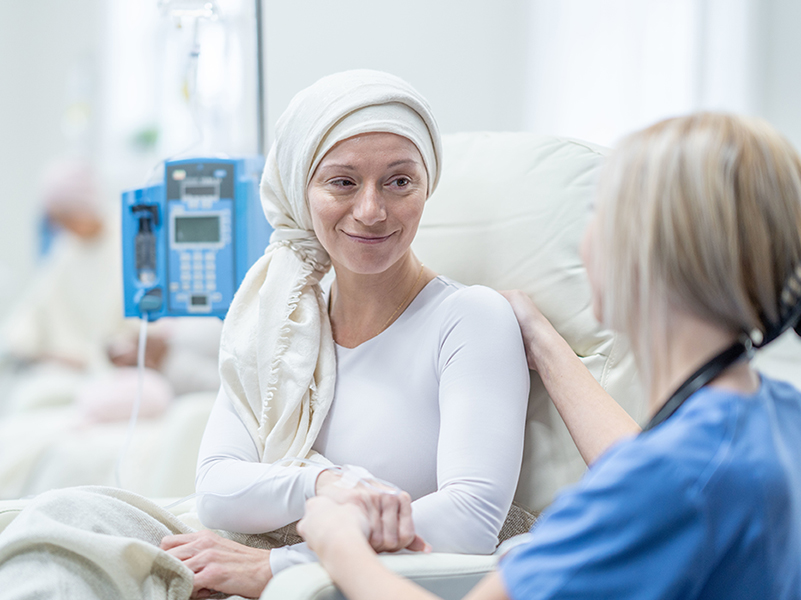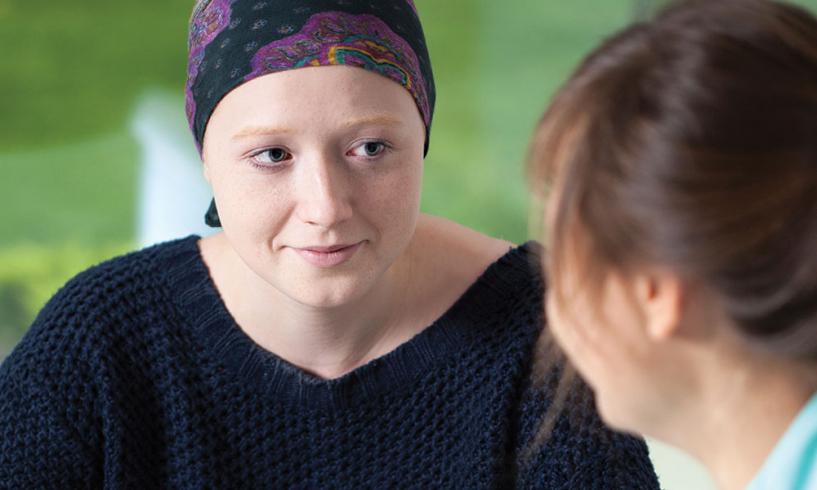A new study has shown that patients with grade 2 gliomas who are treated with radiation therapy plus a combination of chemotherapy have better survival than patients treated with radiation alone. The findings were published in the New England Journal of Medicine.
In the randomized, phase III trial, researchers studied 251 people with grade 2 gliomas, tumors that occur mostly in young adults and cause progressive neurologic problems and premature death. They found that patients treated with radiation therapy plus procarbazine, lomustine, and vincristine had an overall survival of 13.3 years compared with 7.8 years for patients treated with radiation alone. The radiation-plus-chemotherapy group also showed better disease-free survival (10.4 years versus 6.1 years for those treated with radiation alone).
Additionally, the researchers found a mutation in a gene called IDH1 that was linked to significantly better overall survival, regardless of treatment (13.1 years versus 5.1 years for those without the mutation). They believe that IDH1 may be used as a prognostic biomarker in the future to predict patients’ treatment response.
The researchers cautioned that adding chemotherapy to a radiation treatment regimen increases the risk of side effects, so patients and providers need to weigh the benefits and risks.






